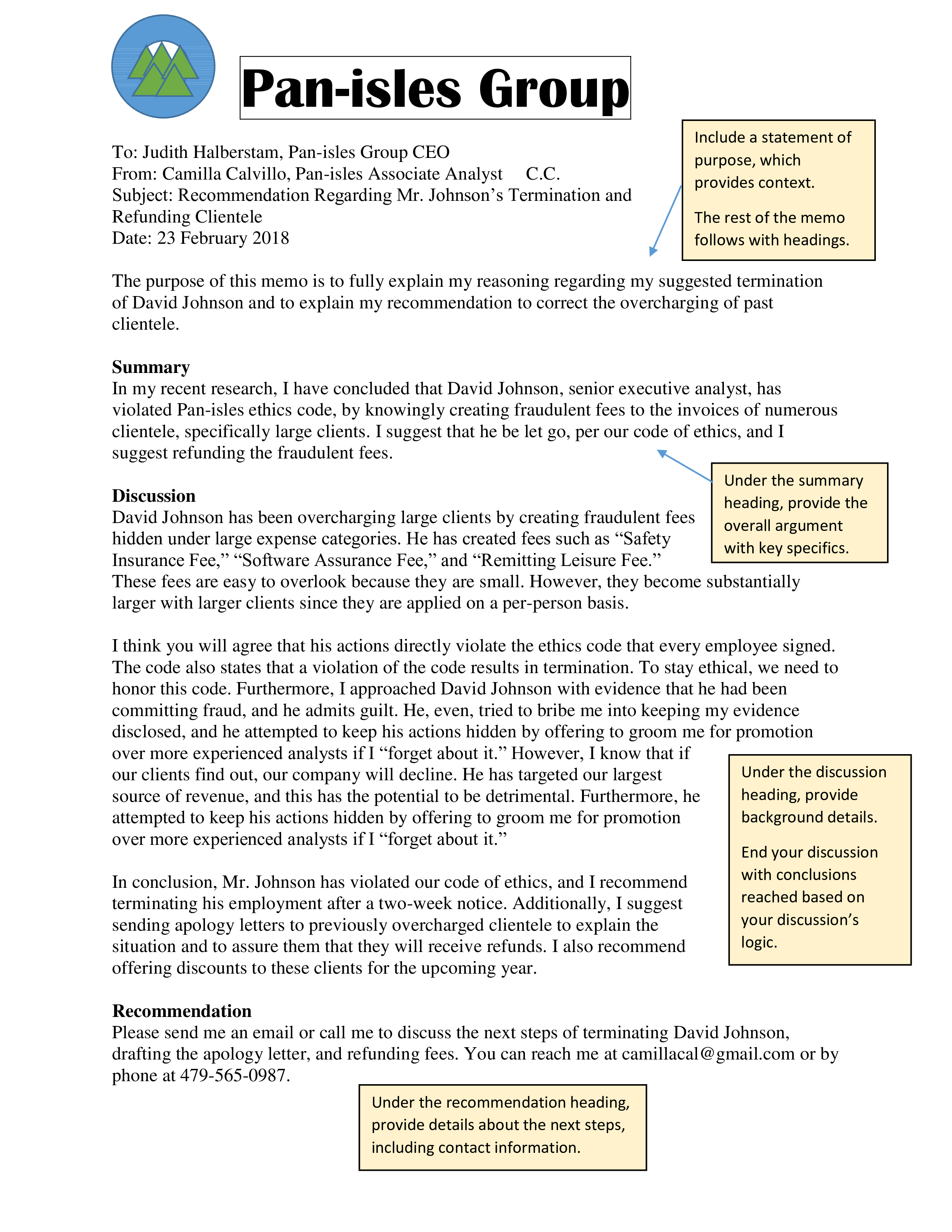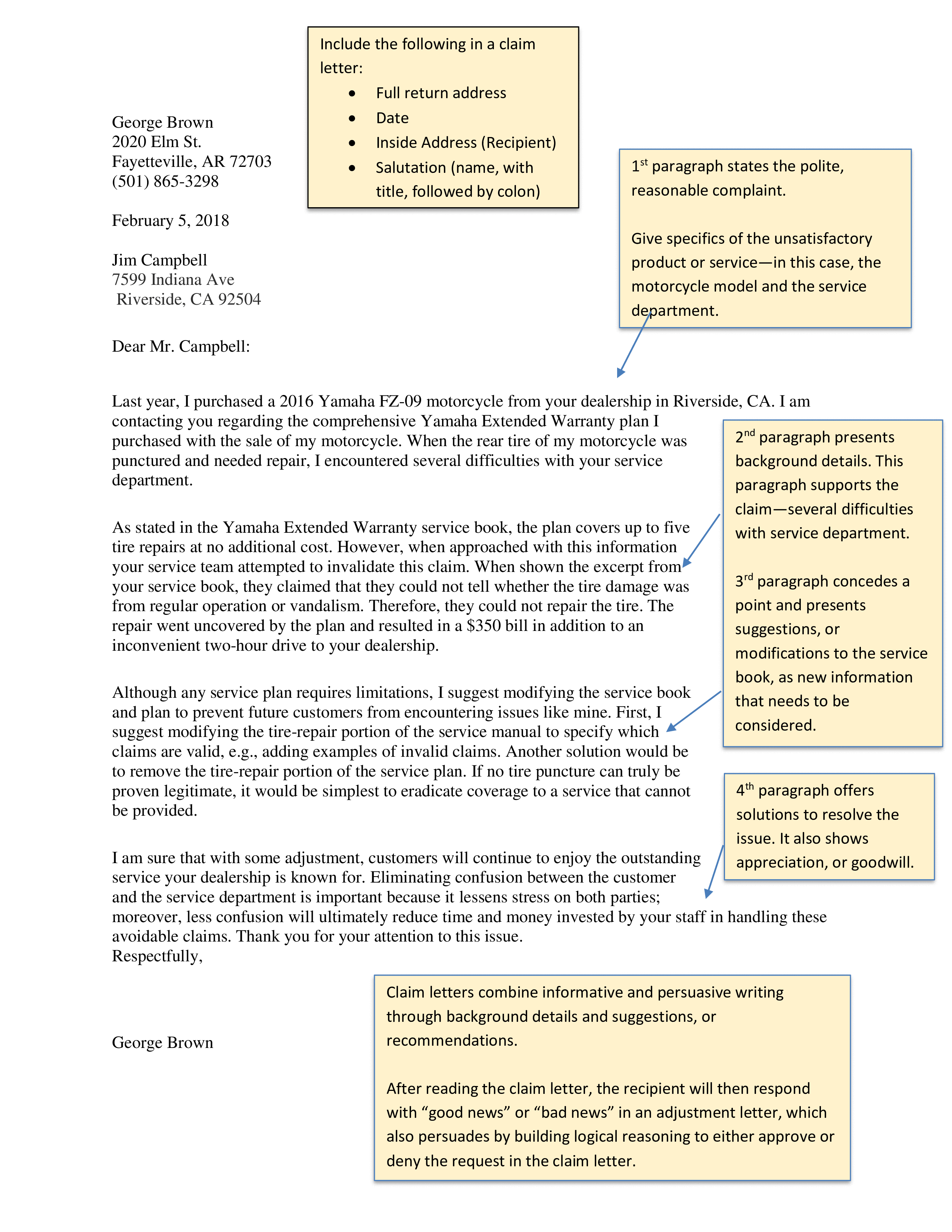Basics of Western Argumentation
This resource was prepared by the Business Communications Lab at the Sam M. Walton College of Business View All ResourcesESL Student GuidesAmerican business often involves making arguments rather than simply stating facts. In both your academic and professional experience, you may be tasked with creating and delivering—either in written or oral form—a coherent, logical argument. An argument is an attempt to persuade, or convince, an audience that:
- Something is the case (e.g., a new law would be in the audience’s best interest)
- They should take some action (e.g., the audience should vote for the new law)
Many arguments pursue both of these purposes. For example, an argument might attempt to both persuade the audience that the new law would benefit them and that they should therefore vote for it. For more information on audience, see our resource on the Rhetorical Situation.
How is an argument constructed in American culture?
In American culture, an effective argument proceeds through deductive reasoning, in which the rhetor (a writer or speaker giving an argument—click here for more information) begins with a broad, general statement. This statement is called the thesis of the argument. The rhetor then follows that broad, general thesis with more specific statements that provide evidence to support that statement. For example, an argument might follow this model:
Thesis: Extending the Thanksgiving break would benefit students in several ways.
Evidence: One way it would benefit students is by giving them more time to travel home.
Another way it would benefit students is by allowing them to catch up on their studies.
A final way it would benefit students is by giving them more time to relax.
American audiences value communication that is front-loaded. Therefore, these audiences expect rhetors to clearly state the thesis of their argument near the beginning of the argument and certainly before any supporting evidence is provided.
However, it is common for rhetors to begin their arguments—particularly oral arguments—with an anecdote, a short story that helps illustrate their argument, before stating the thesis. For example, in an argument about why the University of Arkansas should extend its Thanksgiving break, the rhetor might begin by telling an anecdote about a time they would have personally benefitted from a longer break. This strategy can help the rhetor build common ground with the audience and be more persuasive. Regardless, audiences will expect the rhetor to plainly state the thesis immediately after that anecdote.
How should I make an argument in American culture?
This resource on Persuasive Appeals provides more information about how to create an effective argument for American audiences. In short, rhetors rely on three types of persuasive appeals to persuade their audiences: ethos, pathos, and logos.
What is ethos?
Rhetors use ethos appeals to bolster their own credibility by showing the audience that they have a good understanding of the topic they are arguing about. Rhetors may make ethos appeals by, among other things,
- Citing research from credible sources to support their claims
- Telling anecdotes that illustrate their connection to the topic
- Giving examples of their experience with the topic
American audiences place great value on empirical evidence and data. While anecdotes can be persuasive, relying only on anecdotes without supplementing them with evidence constitutes a logical fallacy that can damage the rhetor’s credibility. When making your argument, provide plenty of quantitative and qualitative data to support your claims. Quantitative data is numerical data such as percentages, statistics, and amounts. Qualitative data is non-numerical data such as quotations from sources, field notes, and interview/survey responses.
What is pathos?
Rhetors use pathos appeals to evoke an emotional response from the audience. Rhetors may make pathos appeals by, among other things,
- Showing or explaining to the audience how the topic affects them directly
- Telling an emotional anecdote related to the topic
- Using strong language to stir the audience’s emotions
While pathos appeals can be persuasive on their own, effective rhetors do not rely on them exclusively. As stated above, American audiences expect rhetors to support their theses with empirical evidence and data, both in quantitative and qualitative form.
What is logos?
Rhetors use logos appeals to appeal to the audience’s sense of sound reasoning. The most common way of using a logos appeal is to provide examples that support the evidence for the thesis. Therefore, an effective argument follows this hierarchy: thesis à evidence à examples. Examples help the rhetor illustrate evidence in an interesting, memorable way. Examples:
- A rhetor could argue that supply chain is an important part of business by giving an example of a company that failed due to flaws in its supply chain.
- A rhetor interviewing for a job could argue that she is a good collaborator by giving an example of a time she successfully completed a group assignment.
- A rhetor could argue that the audience should support a local law to increase the minimum wage by giving an example of another town that benefitted from passing a similar law.
It is common for rhetors to introduce an example with the phrase “for example” or “for instance.” This transition lets audiences know that an example is coming up and improves the overall organization of the argument.
What are some examples of an effective Western argument?
Below are two examples of common arguments that might appear in an American business setting: a memo and a complaint letter. Notice how these examples adhere to the expectations outlined in this resource:
- The thesis of the argument is stated clearly and near the beginning of the document.
- The writer provides plenty of evidence in support of the thesis.
- The writer provides specific examples in support of the evidence.


Recently Created Resources
Using ChatGPT Effectively and Ethically
Chat GPT is an AI-powered bot that can generate text based on prompts from a user. Like all tools, it is only as good as its user. ChatGPT can help users generate ideas quickly, create outlines and rough drafts, polish grammar and word choice, and function much like a...
Analyzing and Responding to a Case Study
Case study assignments can feel difficult, especially if this is your first time working on one. In this article, we’re going to discuss what a case study is and some tools you can use to help your assignment feel more manageable.
Managing Your Tone with Word Choice and Sentence Length
Tone denotes the perceived attitude of the writer toward the subject and their intended audience. One of the ways you can modulate your tone is through word choice and sentence length.





Recent Comments